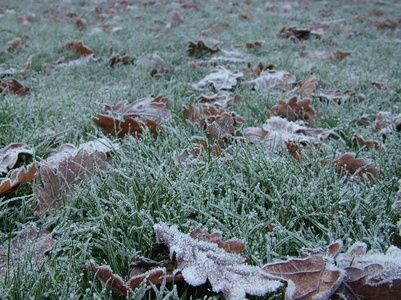READY TO GET STARTED?
REQUEST A FREE ESTIMATE
Fill out the form below or call (888) 466-7849 for a free, no-obligation estimate.
 Just because it’s winter doesn’t mean no yard work. In fact, fall and winter lawn maintenance is vital to a healthy green lawn in the warmer months. Here are some things to consider when caring for your lawn in the winter:
Just because it’s winter doesn’t mean no yard work. In fact, fall and winter lawn maintenance is vital to a healthy green lawn in the warmer months. Here are some things to consider when caring for your lawn in the winter:
Your lawn is supposed to be enjoyed. So whether it’s having cook outs in the summer, raking leaves in the fall, or building snowmen in the winter…take care of your lawn. And for those of you who like to spend your time and effort elsewhere, call a professional lawn care service to take on the task for you. If you’re looking for lawn care in Atlanta call Northwest Lawn Care.